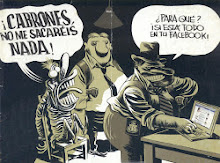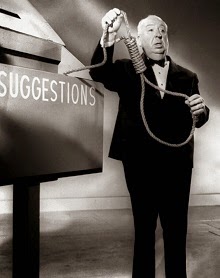“Roman noir” is French for black novel. The term was first used by the French in the Eighteenth century to describe the British Gothic novel, but by the Twentieth century, it had acquired a new meaning and was being used to describe an American creation, the hardboiled thriller. French literary scholar Jean-Jacques Schleret states:
For the French historians and critics, the "roman noir" is the hardboiled genre...the roman noir begins with the stories of John Carroll Daly, Dashiell Hammett and all the Black Mask writers of the 20's and the 30's, continues with the second generation (the paperback writers, Whittington, Brewer, Day Keene, Charles Williams, Jim Thompson...) to the 90's (Lawrence Block, Elmore Leonard, Ellroy, Thomas Harris).
In contrast to this French concept, the American concept of noir as a literary genre is narrower and developed about 38 years later. It is not used to refer to the Hardboiled School as a whole, but instead, it tends to be limited to that second generation of hardboiled writers, the paperback writers and the sub-genre of hardboiled fiction they helped popularize.
Americans first heard the term "noir" from film critics. They were introduced to it in 1968, by Charles Higham and Joel Greenberg in their book Hollywood in the Forties (published by A.S. Barnes). Higham and Greenberg had imported the term from France, where it had been coined back in 1946, by Nino Frank. It was not until much later, in 1984 that Americans started seeing "noir" in reference to literature.
It was in 1984 that author, editor, Barry Gifford founded Black Lizard Books, and spearheaded the line with reprints of three Jim Thompson novels: The Getaway, Pop 1280, and A Hell of a Woman. For these books, Gifford wrote a preface that exposed American readers, for the first time, to noir as a literary concept. He wrote:
The French seem to appreciate best Thompson's brand of terror. Roman noir, literally "black novel," is a term reserved especially for novelists such as Thompson, Cornell Woolrich and David Goodis.
Gifford's use of the term is not inconsistent of its French meaning, but by identifying the term with Thompson, Woolrich, and Goodis, he led the reader to a new, more narrow concept of the term.
Jim Thompson, Cornell Woolrich, and David Goodis are not part of the private eye tradition of Carroll John Daly, Dashiell Hammett, and Raymond Chandler. They are instead, associated more with James M. Cain and W.R. Burnett, a type of crime story where the protagonist is usually not a detective, a type of fiction that, back in the early 1980's, was largely ignored by American mystery scholars, who were focusing more on detective fiction.
While most of these writers were being ignored in America, they had a large following in France. Gifford noticed this. In fact, it inspired him to create Black Lizard Books. He explains:
When I was in Paris in 1983 or 1984, I went into a Fnac Bookstore...and there was a whole shelf full of Jim Thompson and David Goodis. I said, "Jesus, I read Jim Thompson when I was twelve years old in Tampa, Florida." So I bought a bunch of them. Of course, they're all translated into French. I can read French...I brought them back and said we should start with these kinds of books, because Thompson was a visionary, and there was virtually no Thompson in print in those days.
The Thompson and Goodis titles that Gifford saw were all part of the Gallimard's Serie Noire and Carre Noire, two book lines dedicated to hardboiled fiction. These lines, especially Serie Noire, were responsible for the French concept of noir fiction, just as Black Lizard and its editor Barry Gifford were responsible for America's use of the term.
Throughout the 1980's, there had been a gradual rediscovery by Americans, of Thompson and other paperback writers. The Black Lizard line was a major part of this rediscovery, reprinting the works of Jim Thompson, David Goodis, Peter Rabe, Harry Whittington, Dan J. Marlowe, Charles Williams, and Lionel White.
Noir seemed to be a perfect word to describe their work because their fiction is darker in content than traditional harboiled fiction, and it also seemed appropriate that a French word be used since the French have such a great appreciation of these writers. There was never and has never been any debate or discussion about the fact that the French use of the term is broader and encompasses the whole hardboiled school. Instead, the term was adopted unilaterally soon after Gifford's use of it in 1984.
Noir fiction, in America, can be defined as a sub-genre of the Hardboiled School. In this sub-genre, the protagonist is usually not a detective, but instead either a victim, a suspect, or a perpetrator. He is someone tied directly to the crime, not an outsider called to solve or fix the situation. Other common characteristics of this sub-genre are the emphasis on sexual relationships and the use of sex to advance the plot and the self-destructive qualities of the lead characters. This type of fiction also has the lean, direct writing style and the gritty realism commonly associated with hardboiled fiction.

































0 comentaris:
Publica un comentari a l'entrada